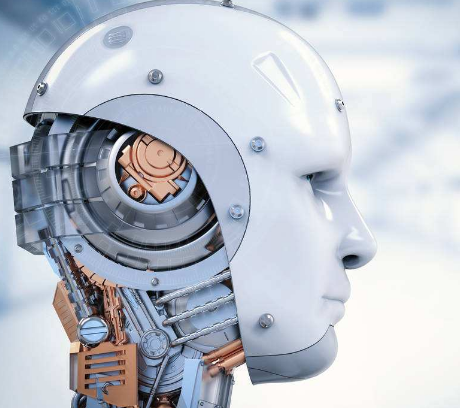Why is there a "brain freeze"?
Goldberg said that the brain freezes, also known as "ice cream headaches", is a "cold irritating headache" in medical terms. This common phenomenon affects people of all ages, but doctors are not fully aware of why this happens.
For this type of headache, the main cause is exposure to markedly cold temperatures, which are not only triggered internally, for example: swallowing frozen food too quickly, it can also be caused by external factors, such as: in the cold Don't wear a hat to go out in the weather, or suddenly jump into the icy lake.
When exposed to very cold substances - frozen food or cold air, tingling can reach the upper jaw or the back of the throat and stimulate the blood vessels and nerve tissue in these temperature-sensitive areas, which may immediately cause the brain to freeze.
A 2012 study showed that a sudden increase in blood flow would dilate the anterior cerebral artery, which is a blood vessel located in the middle of the brain behind the eye, which may control the brain to freeze pain. The study found that when the patient's brain stops freezing, the arteries contract and blood flow decreases, which may be the cause of the pain disappearing. The researchers said they speculated that an increase in intracranial pressure would lead to an increase in blood volume in the brain.
Another possibility to explain is that the cold sensation stimulates the important nerve tissue of the head and face, the trigeminal nerve. Once the trigeminal nerve is triggered, the blood vessels inside the brain will tighten tightly and then expand rapidly, causing sudden pain.
Stephanie said that when the cold stimulus disappears, the blood vessels will return to normal and the pain will disappear. Although this phenomenon is known as "brain freezing," this short-term head pain does not cause permanent damage and is not life-threatening.
Symptom
According to a recent article published in the British Medical Journal, head pain can occur rapidly. When exposed to freezing food or exposure to cold temperatures, peak pain is reached within 30-60 seconds, and a strong tingling sensation occurs in the forehead and horn. Pain is gradually relieved after a few seconds to a few minutes. Usually, cold irritations and headaches occur very quickly. In cold weather, the nerves in the mouth and the back of the throat are stimulated in a few seconds.
Exposure of the mouth and nose to cold air stimulates the trigeminal nervous system and transmits this information throughout the head. Stephanie said: "This is why the cold tingling is generated in the head, not the mouth or nose."
Normally, the brain's freezing pain is very strong in the forehead, and then it may gradually spread to the temples and back of the head. Some people may describe this discomfort as a sting or pain, and a migraine patient may interpret it as a kind of agitation or pulsating pain.
Studies have shown that patients with migraine may be more prone to brain freezing. Stephanie said that this is because the trigeminal nerve of migraine patients is very sensitive, and cold stimulation will further activate this nerve pathway.
How to avoid "brain freeze"
The pain of freezing the brain will quickly disappear, so there is no need to treat it, but it is very difficult to avoid it. Of course, people can give up eating frozen food or drinks altogether, but may lose the pleasure of enjoying food.
If you have a tendency to have such a harmless headache, the best precaution is to slow down when eating frozen foods and beverages and keep frozen foods away from the upper jaw.
Some say that once the pain of the brain freezes, slowly drinking warm water may help shorten the symptoms of brain freezing. Others suggest placing the lower part of the tongue on the mouth so that it can warm up the sensitive area.
Follow Me
Link:Tenco





没有评论:
发表评论